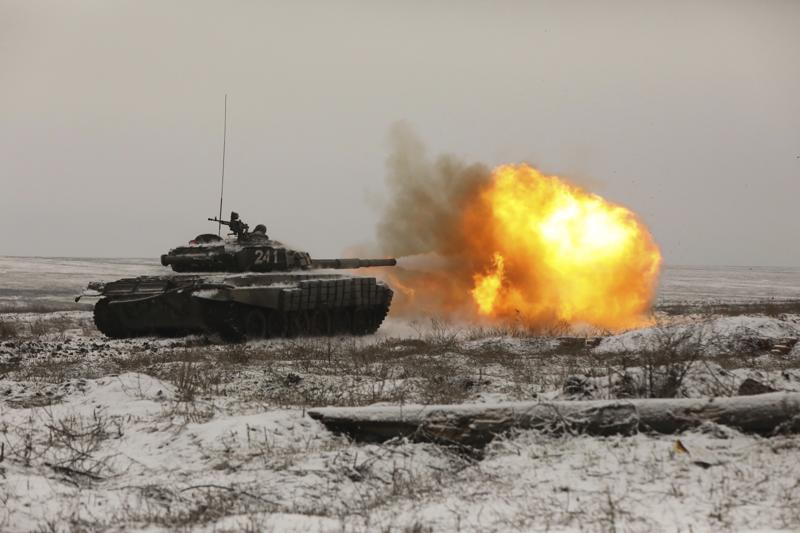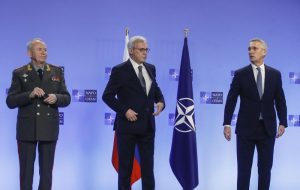WASHINGTON : The failure of last week’s high-stakes diplomatic meetings to resolve escalating tensions over Ukraine has put Russia, the United States and its European allies in uncharted post-Cold War territory, posing significant challenges for the main players to avoid an outright and potentially disastrous confrontation.
Unlike previous disagreements that have arisen since the collapse of the Soviet Union, the current Ukraine crisis and seemingly insurmountable differences between Washington and Moscow carry real risks of debilitating economic warfare and military conflict that are exacerbated by the dangers of miscalculation and overreaction.
For the U.S. and its NATO and other European allies, nothing less than a vast pullback of the roughly 100,000 Russian troops now deployed near the Ukrainian border will prove that Russian President Vladimir Putin has any intention of negotiating in good faith. For the Russians, the West’s absolute refusal to consider a ban on NATO expansion and the withdrawal of troops from Eastern Europe is proof of its perfidy.
U.S. officials from Biden, Secretary of State Antony Blinken and national security adviser Jake Sullivan to chief negotiator Wendy Sherman have said it is Russia that faces a “stark choice.” De-escalate or face punishing sanctions and the opposite of what it wants: an increased NATO presence in Eastern Europe and a more well-armed Ukraine.
Foreign Minister Sergey Lavrov said Friday that Russia had vainly tried for years to persuade the U.S. and its allies to engage in talks on the non-deployment of intermediate-range missiles to Europe, limits on war games and rules to avoid dangerously close encounters between Russian and allied warships and aircraft until the U.S. and NATO expressed willingness to discuss those issues this week.
APN



